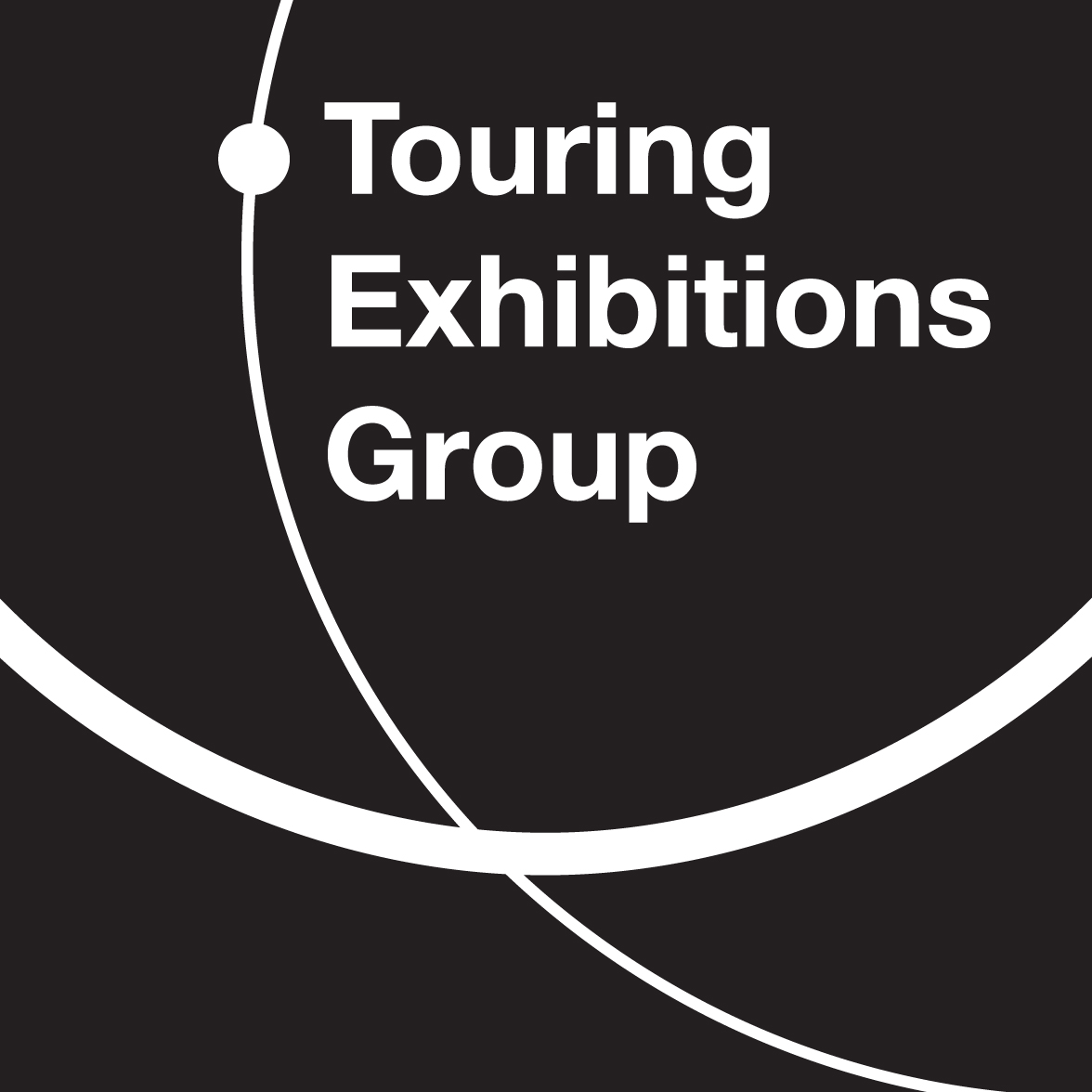4. Selecting an Economic Model to Tour
Which model is most suited to your touring programme or current touring project?
Touring exhibitions employ one of three economic models:
Economic Models for Touring Exhibitions
1. Partial cost recovery
Income against the project covers a percentage of the total exhibition and tour costs
Case Studies
Case Study 1
Exhibition: Tim Shaw RA: Black Smoke Rising
Organisations: The MAC, Birmingham, with Aberystwyth Arts Centre
Budget:
- £5,000 each from each organisation from core funds
- £29,500 raised by supporting the artist to make a Grants for the Arts ACE application
- £9,000 raised from trusts and foundations
Exhibition hire fee: 50/50 division of costs
Exhibition package: Artworks and interpretation
Exhibits: Commissioned work
Aims:
- To share costs
- To work in partnership; creating greater leverage to access funding
- To support the development of the artist’s career
Case Study 2
Exhibition: Mystery, Magic and Midnight Feasts: The Many Adventures of Enid Blyton
Organisation: Seven Stories, Newcastle
Budget:
- 60% core funds
- 24% fund raised and sponsorship
- 16% touring fees
Exhibition hire fee: £8,000 – £15,000 (for 3 months)
Exhibition package: Turn-key exhibition
Exhibits: Collection objects and commissioned interactives
Aims:
- Extending the reach of exhibitions
- Off-setting the cost of exhibition production
- Accessing additional funding
2. Full cost recovery
Income against the project covers all of the exhibition and tour costs
Case Studies
Case Study 1
Exhibition: Sublime Symmetry: The Mathematical Devices Underpinning William De Morgan’s Fantastical Ceramic Designs
Organisation: De Morgan Foundation
Budget:
- £86,575 Esme Fairbairn grant
- £580 Jonathan Ruffer Grant/Art Fund (curatorial research)
- £800 London Mathematical Society
All exhibition costs, including staff time, fundraised.
Exhibition hire fee: Free
Exhibition package: Turn-key exhibition
Exhibits: Collection works
Aims:
- Ensure De Morgan Foundation meets priority to have collections on display whilst seeking new permanent base
- Promote De Morgan through innovative research
- Develop education programme encouraging use of visual arts to teach maths
- Be able to offer the exhibition without a hire fee, to ensure it could travel to UK regions of low engagement in the arts
Case Study 2
Exhibition: The High Weald Hoard
Lead organisation: Brighton Royal Pavilion and Museums
Budget: c.£50,000 grant from the HLF
All exhibition costs covered and showing at five partner venues in East Sussex.
Exhibition hire fee: Free
Exhibition package: Turn-key exhibition
Exhibits: Collection objects
Aims:
- To provide wide public access to collection objects
- To broaden the audience for the exhibition
- To build on and develop partnerships between the venues
3. For profit
Income against the project exceeds the cost of producing and touring the exhibition
Case Studies
Case Study
Exhibition: Brick Wonders
Organisation: UKLUG
Budget: Developed using core funds
Exhibition hire fee: £6,500 per month
Exhibition package: Turn-key exhibition
Exhibits: Created by exhibition developer
Aims:
- To cover all costs and generate profit
- To raise the company’s profile
- To work in partnership with the host venues
Taking into account your organisational aims and objectives, resources and the sector influencing factors that will affect your touring programme, review the models outlined and identify the most suitable approach.
If you elect to use the partial cost recovery model, discuss and agree the percentage of total costs that you will aim to recover.
The partial cost recovery model is most commonly employed by UK organisations. This model requires the venue to partially subsidise the project. Currently, exhibitions touring between UK public venues rarely make a profit.
Monies to enable an organisation to tour will come from one or a combination of sources, including grants and sponsorship, hire fee income and core funds. For example an exhibition might achieve full cost recovery if it is fully subsidised by an external funder. Or full cost recovery might be realised through a combination of fundraising and hire fee income.
Budgetary practice varies significantly between individual museums and galleries, for example some organisations acknowledge all costs in their touring project budget, others only costs specific to touring e.g. packing and transport. How an organisation budgets, and allocates costs, can affect the model they are defined to be using i.e. the inclusion of fewer costs may appear to balance the budget. Organisations are encouraged to be aware of their budgetary practices and the real costs of touring.
By clicking the 'Save' button, your answer will be saved for seven days, if you need more time to complete the Decision Tree. After this time, you will need to resubmit your answers.
